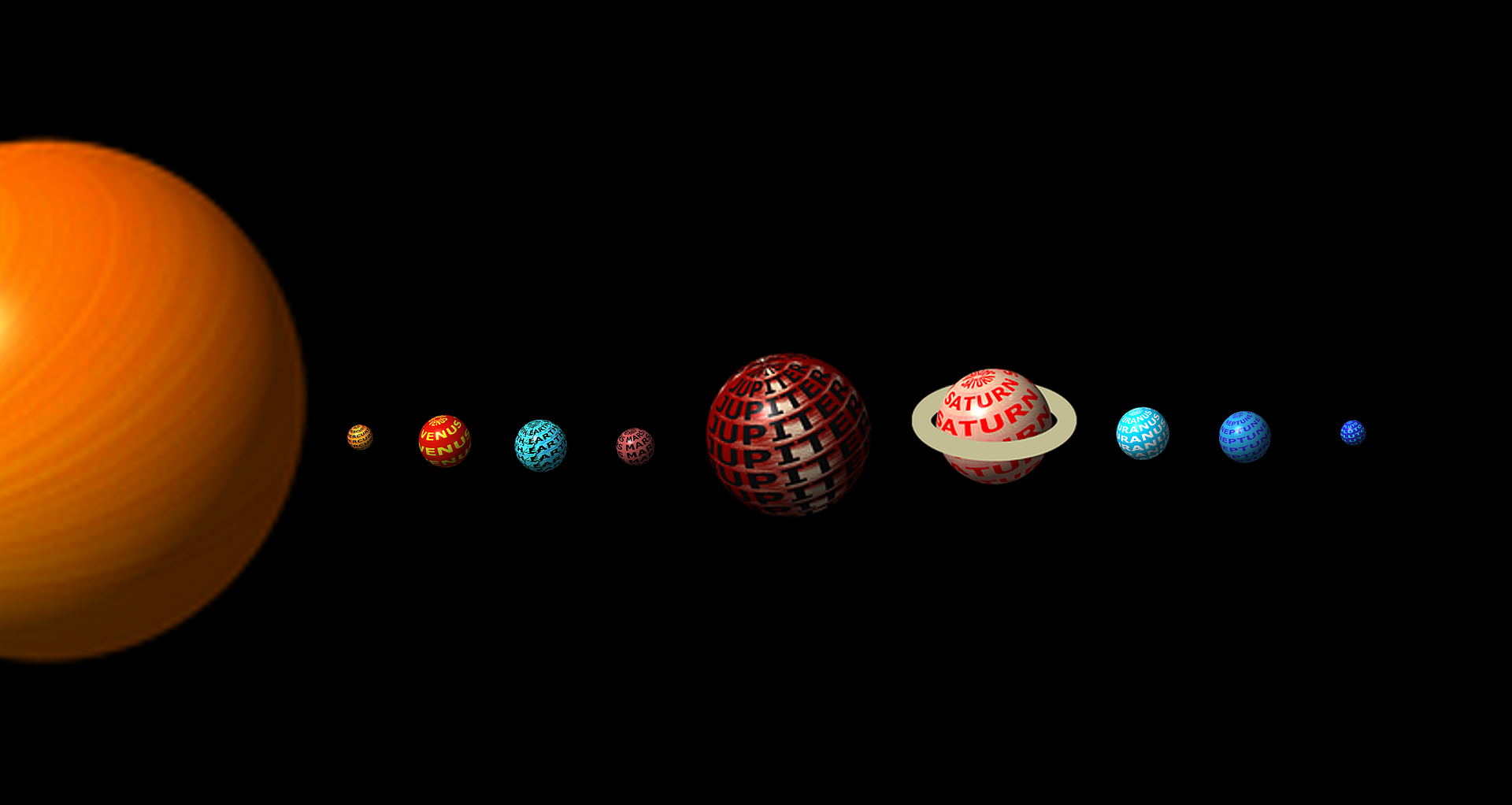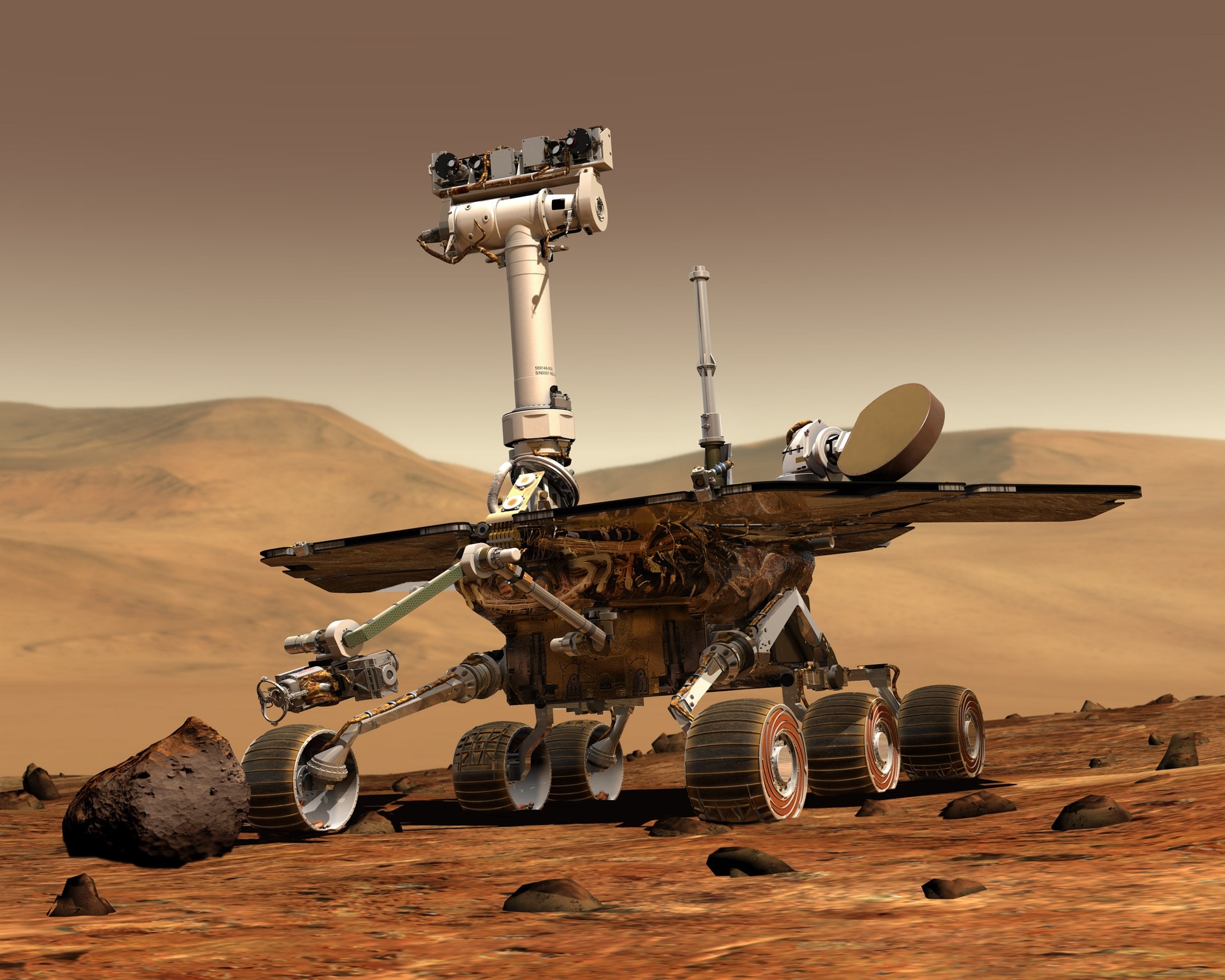Pluto-A Mysterious Planet
In August 2006 the International Astronomical Union (IAU) downsize the status of Pluto to that of “predominate planet.” This implies starting now and into the foreseeable future, just the rough universes of the inward Solar System and the gas monsters of the external framework will be assigned as planets. The “inward Solar System” is the locale of a room that is littler than the span of Jupiter’s circle around the sun. It contains the space rock belt and in addition the earthbound planets, Mercury, Venus, Earth, and Mars. The “gas monsters” obviously are Jupiter, Saturn, Neptune, and Uranus. So now we have eight planets rather than the nine we used to have.
What is a Dwarf Planet?
A “Dwarf Planet,” as characterized by the IAU, is a heavenly body in coordinate circle of the Sun that is sufficiently huge that its shape is controlled by gravitational powers instead of mechanical powers (and is along these lines ellipsoid fit as a fiddle), however has not cleared its neighboring locale of different articles.
Along these lines, the three criteria of the IAU for a full-sized planet are:
1. It is in a circle around the Sun.
2. It has an adequate mass to accept hydrostatic balance (an almost round shape).
3. It has “cleared the area” around its circle.
Pluto meets just two of these criteria, missing out on the third. In every one of the billions of years, it has lived there. It has not figured out how to clear its neighborhood. You may ponder what that signifies, “not clearing its neighboring area of different articles?” Sounds like a minesweeper in space! This implies the planet has turned out to be gravitationally predominant – there are no different collections of equivalent size other than its own particular satellites or those generally under its gravitational impact, in its region in space.
Basically, in any big body that does not meet these criteria is currently classed as a “Drawf Planet,” and that incorporates Pluto, which imparts its orbital neighborhood to Kuiper belt protests, for example, the plutinos.
History of Pluto
The question is some time ago known as the planet Pluto was found on February 18, 1930, at the Lowell Observatory in Flagstaff, Arizona, by space expert Clyde W. Tombaugh, with commitments from William H. Pickering. This period in space science was one of extraordinary planet chasing, and Pickering was a productive planet indicator.
In the year of 1906, a person that name is Percival Lowell, a well-off Bostonian who had established the Lowell Observatory in Flagstaff, Arizona in 1894. Began a broad undertaking looking for a conceivable ninth planet, which he named “Planet X.” By 1909, Lowell and Pickering had proposed a few conceivable heavenly organize for such a planet. Lowell and his observatory directed the pursuit until his passing in 1916, without any result.

Confusing to Lowell, on March 19, 1915, his lookout had caught two blackout pictures of Pluto. Yet they were not perceived for what they were. Lowell was not the first to unwittingly photo Pluto. There are sixteen known pre-revelations, with the most season being made by the Yerkes Observatory on August 20, 1909.
The scan for Planet X did not continue until 1929 when the activity was given to Clyde Tombaugh. A 23-year-old Kansan who had quite recently touched base at the Lowell Observatory. Tombaugh’s errand was to efficiently picture the night sky in sets of photos dismantled two weeks. At that point inspect each match and decide if any items had moved position. Utilizing a machine called a flicker comparator, he quickly moved forward and backward between perspectives of every one of the plates to make the figment of development of any articles that had changed position or appearance between photos.
Some more History Of Pluto
In 1930, the month of February 18, after almost a time of searching, Tombaugh has seen a conceivable moving article on photographic plates gone up against January 23 and January 29 of that year. After the observatory acquires further corroborative photos, news of the revelation transmitted to the Harvard College Observatory on March 13, 1930.
In a Nutshell, We Say That,
Pluto is a mind-boggling and baffling world with mountains, valleys, fields, pits, and possibly ice sheets. Found in 1930, Pluto was for quite some time to consider our close planetary system’s ninth planet. Be that as it may, after the disclosure of comparative captivating universes more profound in the removed Kuiper Belt, cold Pluto was renamed as a smaller person planet.
Pluto is circled by five known moons, the biggest of which is Charon. Charon is about a large portion of the span of Pluto itself, making it the biggest satellite with respect to the planet it circles in our close planetary system. Pluto and Charon are regularly alluding to as a “twofold planet.”
Pluto is named after the Roman divine force of the black market.
Size and Distance
With a range of 715 miles (1,151 kilometers), Pluto is around 1/6 the width of Earth. In the event that Earth was the measure of a nickel, Pluto would be about as large as a popcorn bit.

From a normal separation of 3.7 billion miles (5.9 billion kilometers), that planet has 39 galactic units from the sun. One galactic unit (condensed as AU), is the separation from the sun to Earth. From this separation, it takes daylight 5.5 hours to head out from the sun to Pluto.
If you somehow happened to remain on the surface of the planet has twelve, the sun would be 1/900 the splendor it is here on Earth, or around 300 times as splendid as our full moon. There is a minute every day close nightfall here on Earth when the light is indistinguishable shine from late morning on Pluto. Discover when you can encounter “Pluto time” where you live.
Circle and Rotation

Pluto’s circle around the sun irregularly contrasts with the planets: it’s both circular and tilted. Pluto’s 248-year-long, an oval-molded circle can accept it to the extent 49.3 cosmic units (AU) from the sun, and as close as 30 AU. (One AU is the mean separation amongst Earth and the sun: around 93 million miles or 150 million kilometers.) But by and large, Pluto is 3.7 billion miles (5.9 billion kilometers) far from the sun or 39 AU.
From 1979 to 1999, Pluto was close to perihelion, when it is nearest to the sun. Amid this time, the planet was, in reality, nearer to the sun than Neptune.
One day on Pluto takes around 153 hours. Its hub of revolution is tilted 57 degrees concerning the plane of its circle around the sun, so it turns nearly on its side. This planet likewise shows a retrograde pivot; turning from east to west like Venus and Uranus.
Some Fun Facts About Pluto
- Pluto is just about a large portion of the width of the United States. Charon is about a large portion of the measure of Pluto. Charon is the biggest moon contrasts with the body it circles (regardless of whether planet or smaller person planet) of any moon in the close planetary system.
- Almost every one of the planets travels around the sun in almost idealize circles. Yet, that planet does not. It takes an oval-molded way with the sun no place close to its middle. In addition, its way is very tilted from the decent, organize plane where every one of the planets circle. (Mercury has a marginally hack sided circle, in spite of the fact that but rather almost Pluto’s.)
Now Finally in Pluto

We at long last got the opportunity to visit Pluto, Charon, and the Kuiper Belt! On January 19, 2006, NASA propelled a robot shuttle on the long trip. This mission is to call as New Horizons. The rocket touched base at Pluto in July 2015 and will keep on studying different questions in the Kuiper Belt from around 2018 to 2022.
